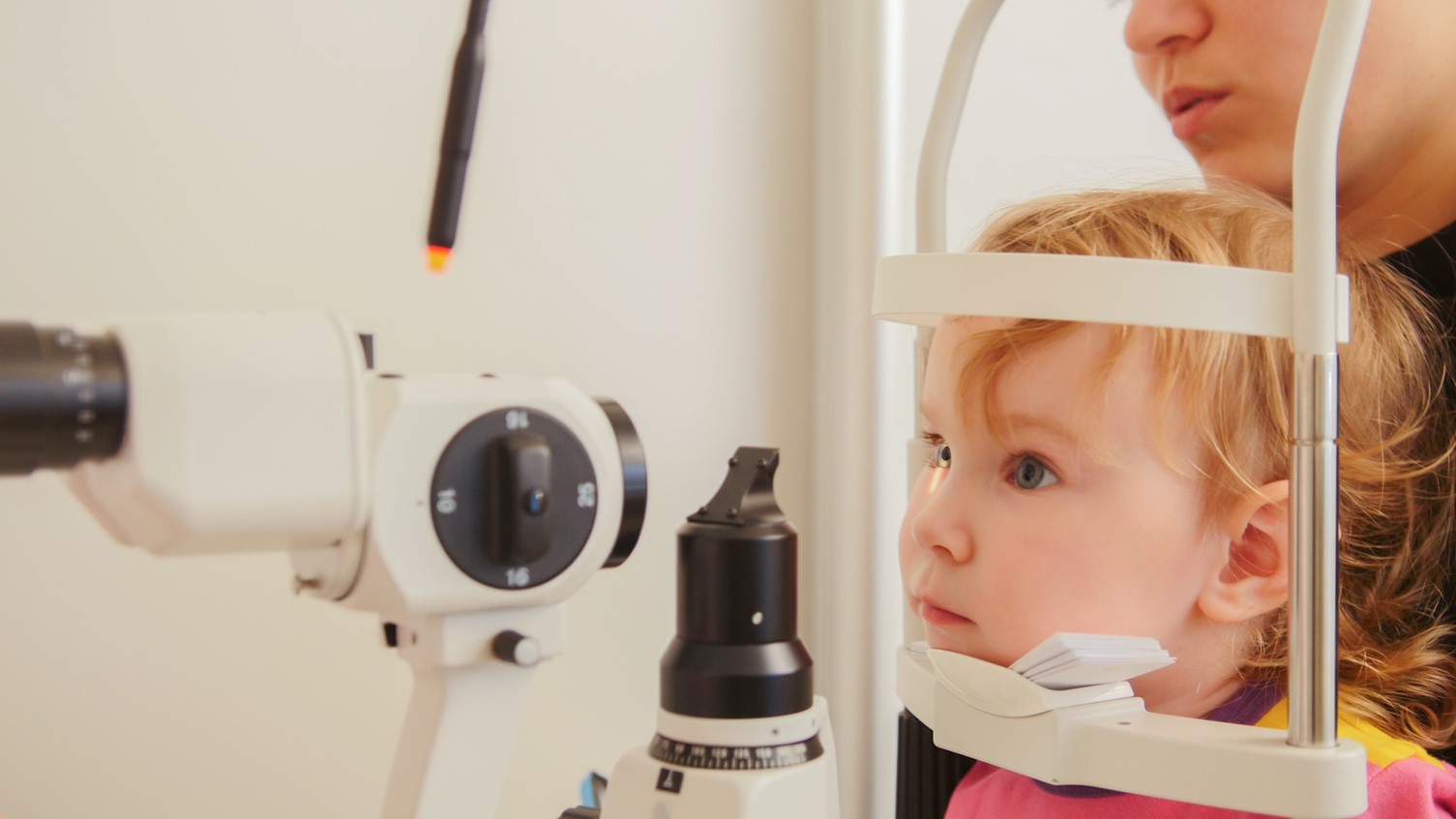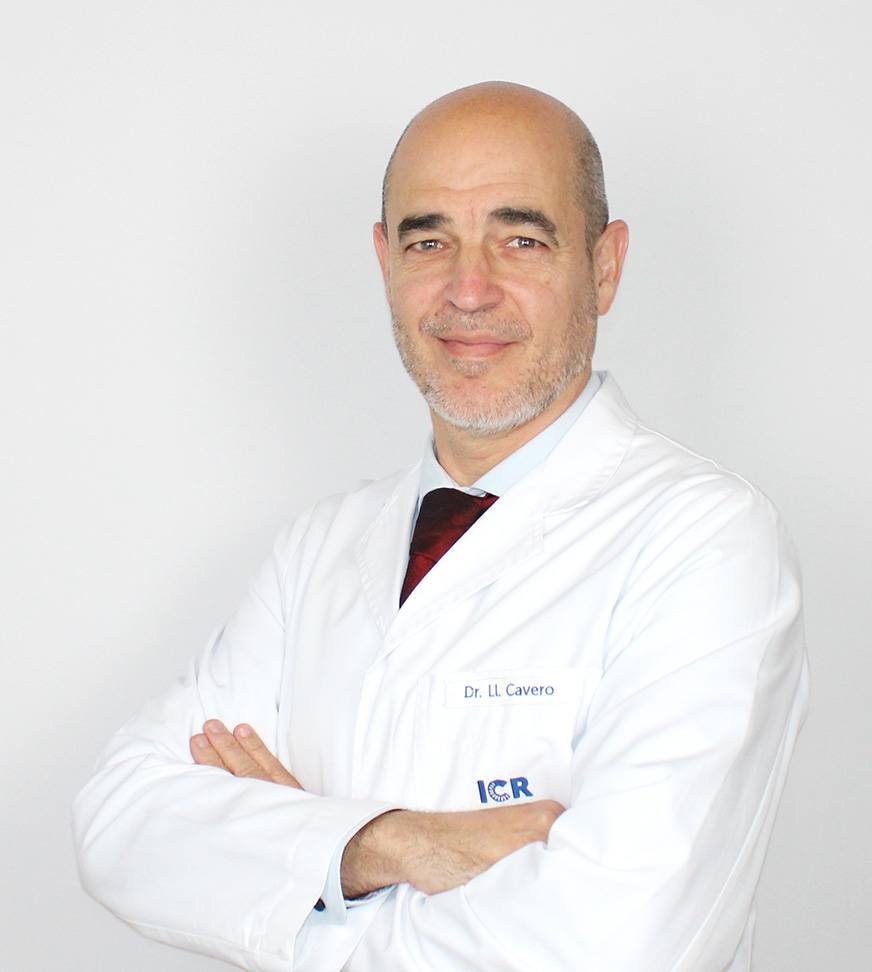
Did you know that some types of pediatric cancers show signs and/or symptoms in the eyes and vision before any other indicators appear? In some cases, ophthalmological symptoms can appear up to 1 year before the diagnosis.
This fact, beyond highlighting the importance of eye exams for children, shows that we must stay alert to certain manifestations in their health, which could help in the early detection of cancer.
Cancer is a disease in which some altered cells in the patient’s body multiply and spread to different parts of the body. Although it is a serious illness, research and medicine continue to advance in order to improve both survival rates and long-term effects.
In the case of pediatric cancers, the 5-year survival rate has been improving year after year; it is currently around 85%.
This success is partly due to early diagnosis. That is why it’s essential to identify warning signs and go to a medical center for proper diagnosis of the disease.
Out of the three most frequent pediatric cancers, these are some of the signs or symptoms in the eyes that could entail the presence of cancer:
| Leukemia | Tumors at the nervous central system | Neuroblastoma |
| – Acquired heterochromia (iris of a different color in each eye) – Binocular double vision – Retinal hemorrhages or infiltration of the optic nerve | – Anomalous eye movements – Optic nerve swelling due to intracranial hypertension – Visual field errors | – Spontaneous periorbital ecchymosis – Proptosis |
Other signs or symptoms, which are not specifically from the eyes but could raise suspicion of a pediatric cancer, include:
If more than two of these signs or symptoms are detected, it is important to consult both the pediatrician and the ophthalmologist.
Recognizing these signs and symptoms, identifying them if they appear, and going to the appropriate specialist consultation can help improve the prognosis of pediatric cancer, should it occur.
At the consultation, the medical team will be able to carry out the necessary tests and make a timely diagnosis, which could reduce the long-term effects of the disease and increase the child’s chances of survival.

Contact us or request an appointment with our medical team.